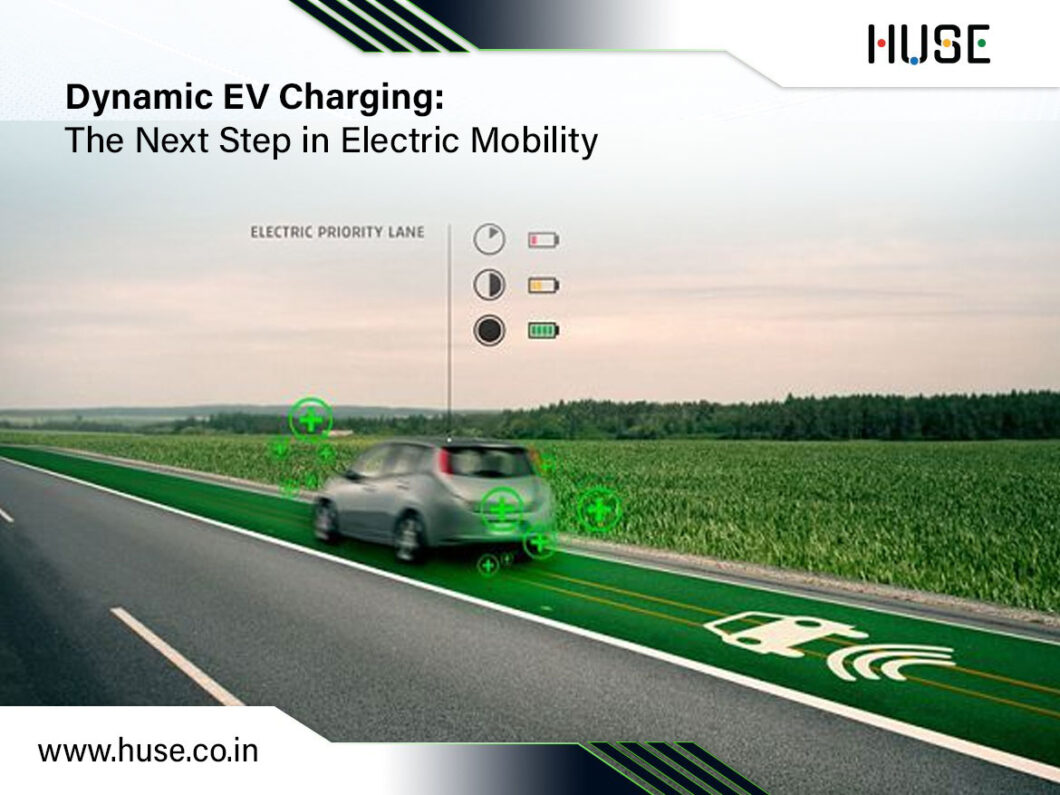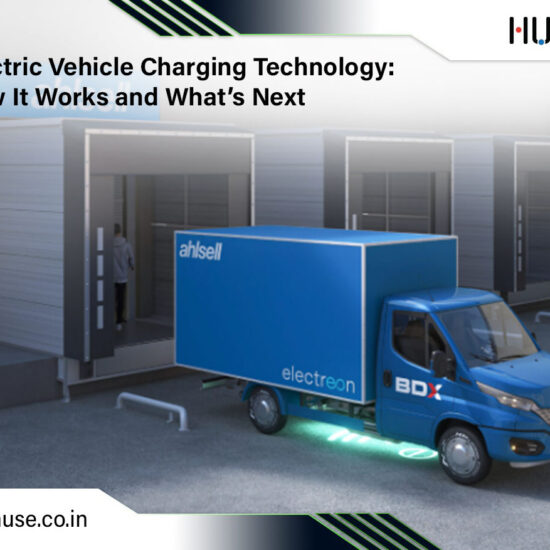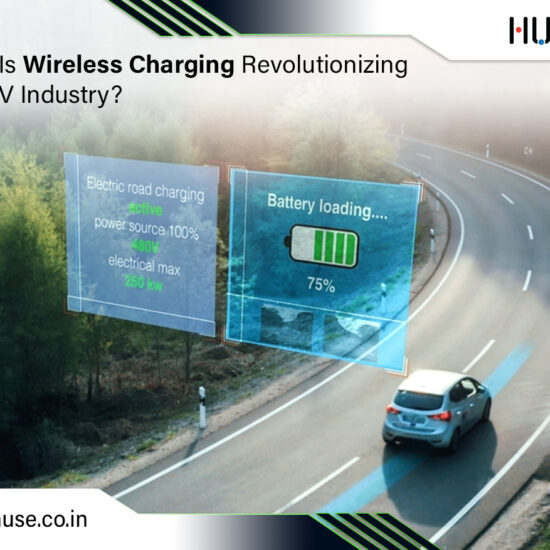Electric vehicles have now become a necessity. But even as adoption rises, EV charging remains one of the biggest pain points.
Long queues at charging stations, limited infrastructure, and “range anxiety” continue to frustrate drivers. This is especially true for high-use vehicles in logistics, ride-hailing, and public transit.
Enter dynamic EV charging, a system that could eliminate charging stops altogether. Imagine your EV charging wirelessly while you drive. No cables. No downtime. Just clean power flowing seamlessly beneath the road.
This blog explores what dynamic EV charging is, how it works, where it’s being tested, and why it might be the missing piece in large-scale electric mobility.
How Dynamic EV Charging Works
At the core of dynamic EV charging is wireless power transfer (WPT), specifically, magnetic resonance or inductive coupling.
Here’s how it works:
- Charging coils embedded beneath road surfaces generate an alternating magnetic field.
- A receiver coil installed on the EV picks up this energy and converts it into electricity.
- The system runs via high-frequency inverters that maintain energy flow, even when vehicles are misaligned or moving at speed.
More advanced setups include wireless charging roads with sensors and communication systems that manage grid loads and optimize power distribution in real time.
Though the technology is still maturing, it’s already proving itself in early pilot programs worldwide.
Advantages of Dynamic EV Charging
Dynamic EV charging could become a game-changer for transportation networks, especially for high-use and long-distance vehicles. Here’s why:
- Zero Downtime: Charging while driving eliminates time lost to plug-in sessions.
- Smaller Batteries: With continuous power availability, EVs can run on lighter batteries, cutting cost and weight.
- Grid Optimization: Dynamic charging can balance energy loads by charging vehicles during off-peak hours or as they pass specific zones.
- Fleet Efficiency: Ideal for delivery vans, buses, and trucks where high uptime is critical.
- Urban Real Estate Savings: Reduces the need for large, dedicated EV charging stations in cities.
- Lower Emissions: By powering more vehicles cleanly, it accelerates carbon-reduction efforts across sectors.
That said, it’s not without challenges, such as cost, infrastructure integration, and efficiency loss during misalignment.
But the promise outweighs the problems, especially with growing government and private investment.
Conclusion: A Smarter Road to a Cleaner Future
Dynamic EV charging is no longer science fiction; it’s already happening. From pilot programs to legislation, the pieces are falling into place for a fully wireless vehicle charging future.
While more testing and funding are needed, the direction is clear: charging must be seamless, scalable, and sustainable.
As pioneers in infrastructure design and smart energy systems, our team helps businesses, cities, and developers stay ahead of the curve. Whether you’re exploring wireless charging in electric vehicles or looking to integrate wireless charging roads, we’re here to make electrification work for you.





